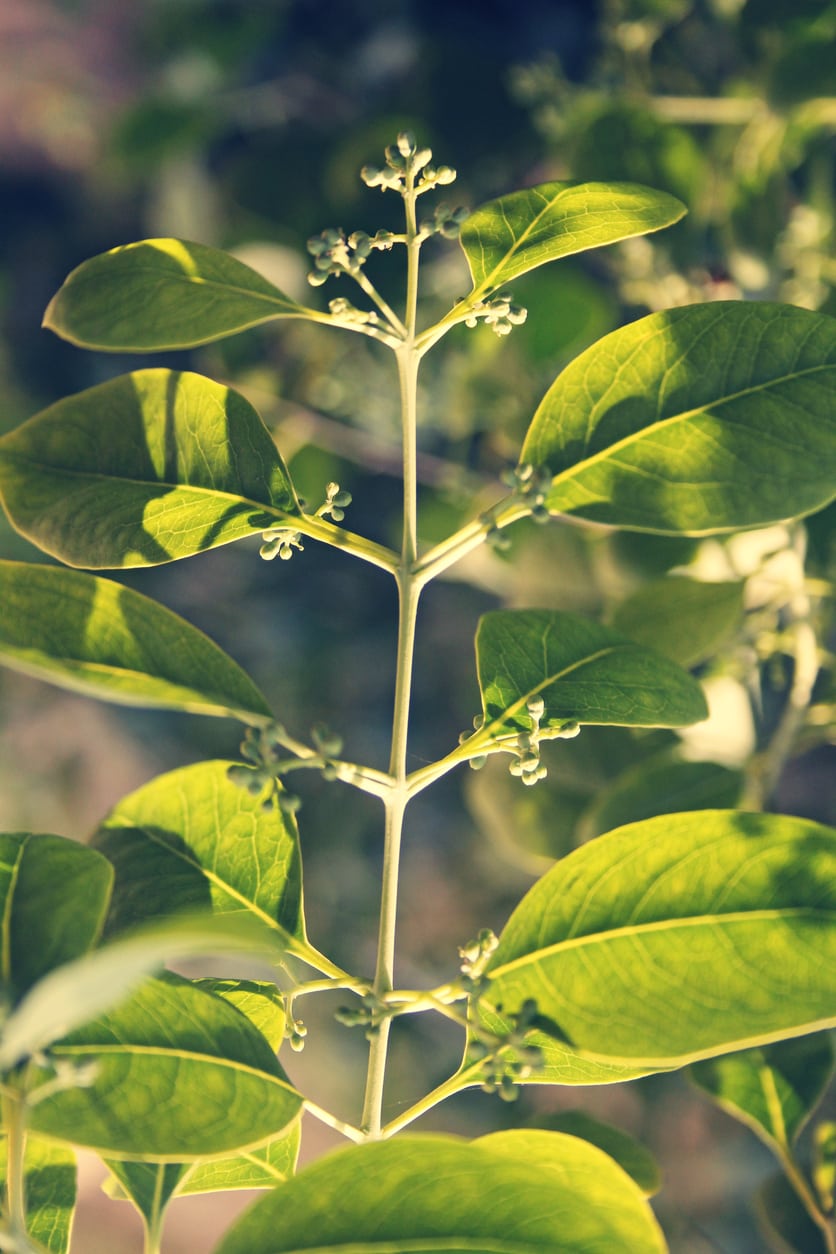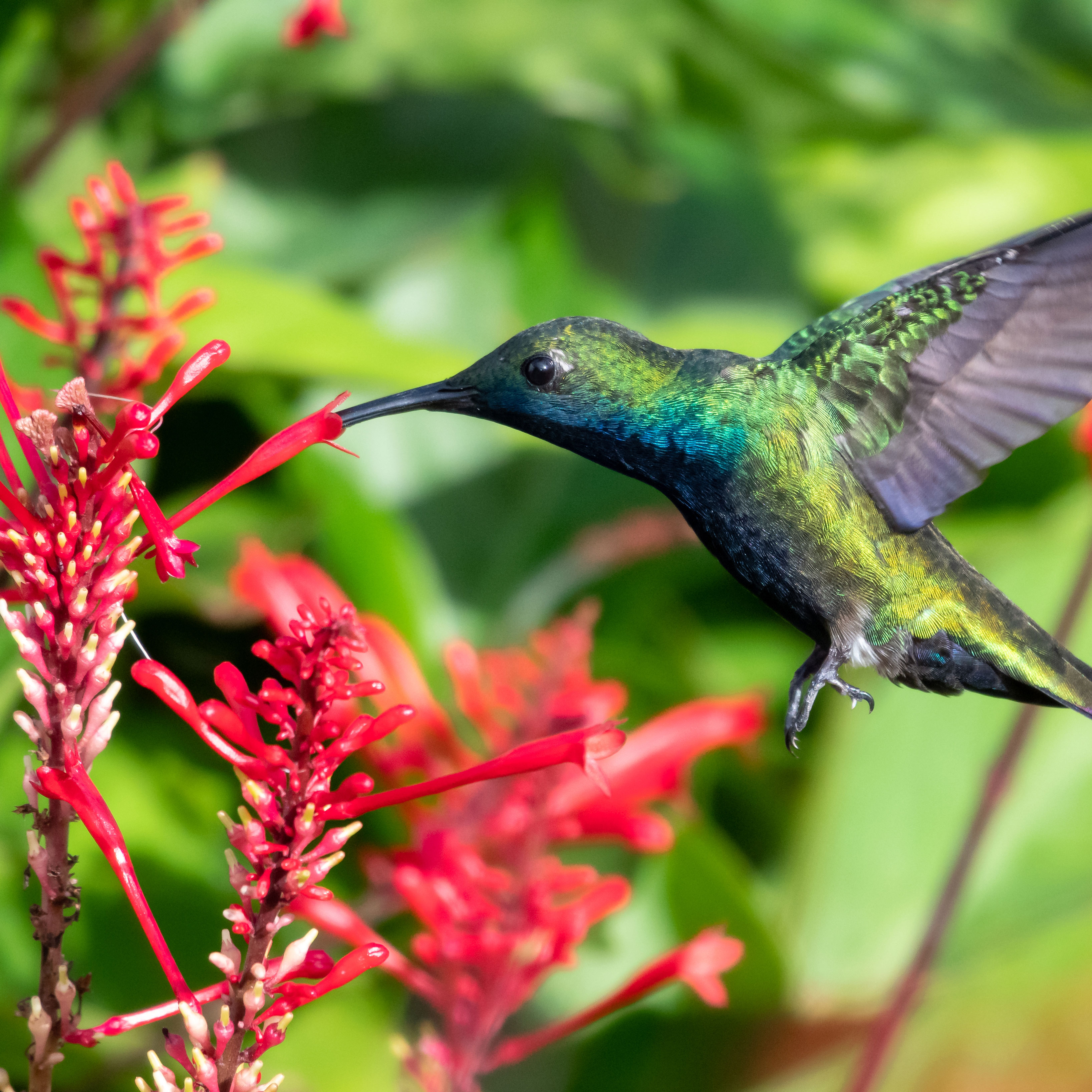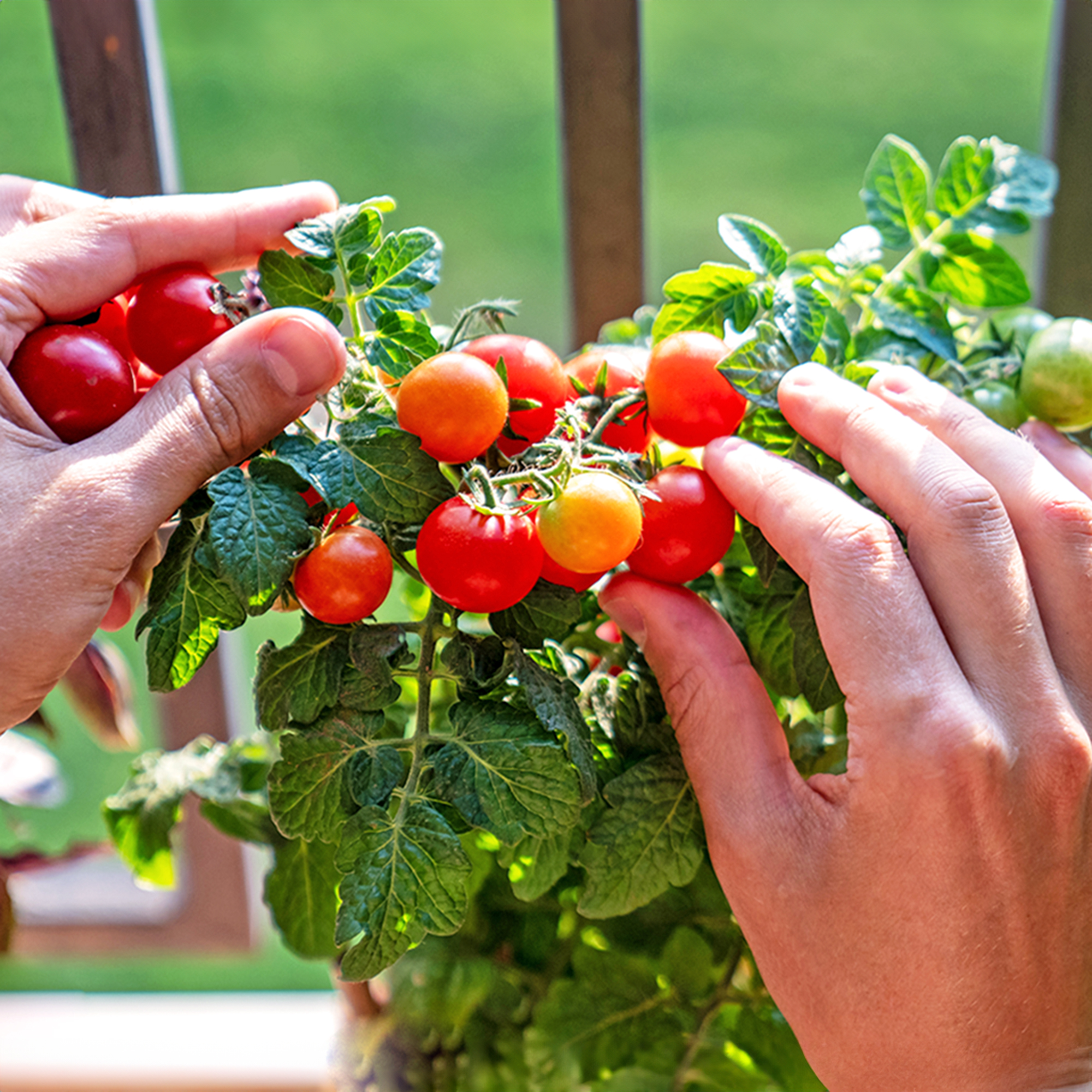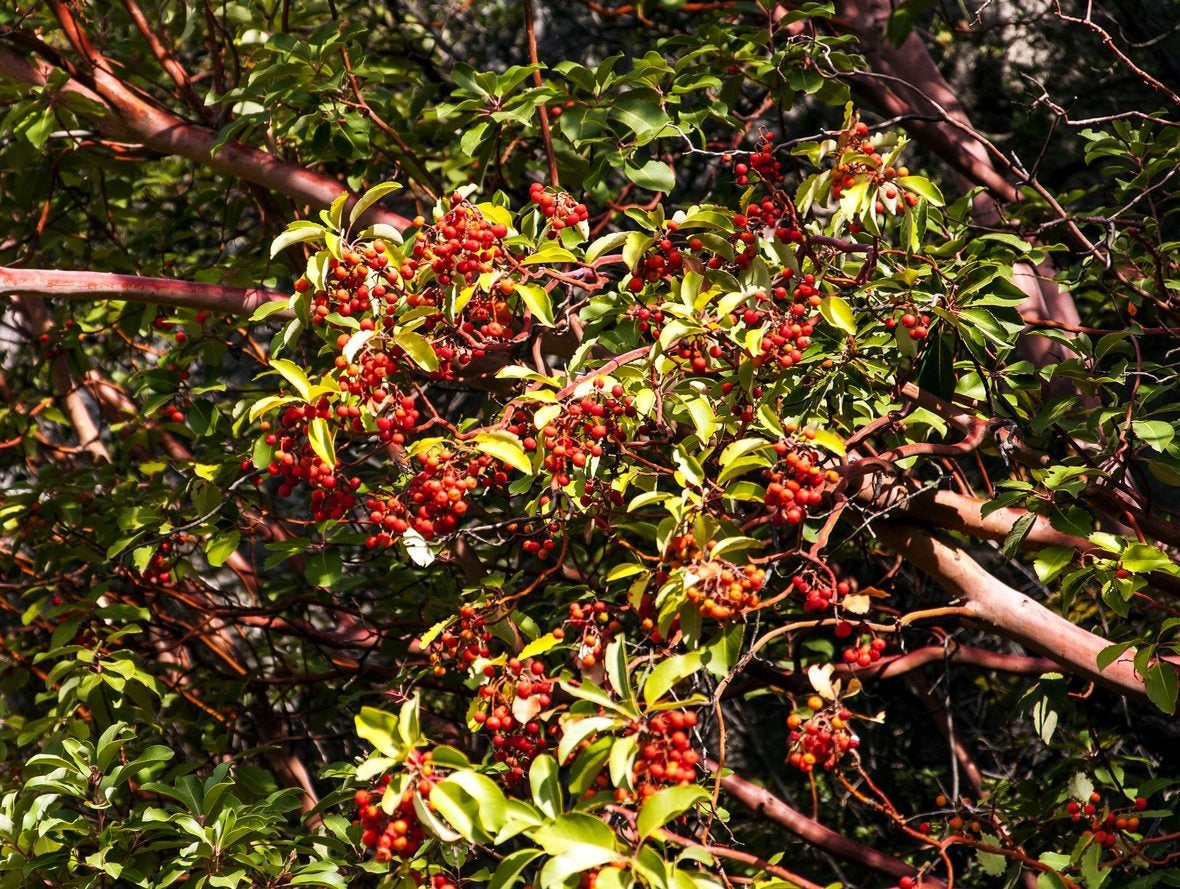Red Sandalwood Info: Can You Grow Red Sandalwood Trees


Red sanders (Pterocarpus santalinus) is a sandalwood tree that is too beautiful for its own good. The slow-growing tree has gorgeous red wood. Illegal harvests have put red sanders on the endangered list. Can you grow red sandalwood? It is possible to cultivate this tree. If you are considering growing red sandalwood or are simply interested in red sanders history, read on for red sandalwood information.
What is Red Sanders?
Sandalwood includes plants in the genus Santalum. There are some 10 species, most native to southeastern Asia and the islands of the South Pacific. What is red sanders? According to red sandalwood information, red sanders is a type of sandalwood native to India. The trees have been cultivated for centuries for their beautiful heartwood that is used in religious rites as well as medicinally. This type of sandalwood tree does not have fragrant wood. It takes some three decades before a tree develops its heartwood.
Red Sanders History
This is a tree species so old that it is mentioned in the Bible. According to red sandalwood information, the tree was called algum in early days. It was the wood used by Solomon to build his famous temple, per red sanders history. Red sanders trees yield beautiful, fine-grained wood. It polishes to a rich red or golden color. The wood is both strong and cannot be attacked by most insects. The algum wood referenced in the Bible was said to symbolize praise of God.
Can You Grow Red Sandalwood?
Can you grow red sandalwood? Of course, red sanders can be grown just like any other tree. This sandalwood requires lots of sunlight and warm regions. It is killed by frost. The tree is not, however, picky about soil and can thrive even on degraded soils. Those growing red sandalwood report that it grows fast when young, shooting up to 15 feet (5 m.) in three years before slowing down. Its leaves each have three leaflets, while the flowers grow on short stems. Red sanders heartwood is used to make different types of medicines for coughs, vomiting, fever, and diseases of the blood. It is said to help burns, stop bleeding and treat headaches.
Gardening tips, videos, info and more delivered right to your inbox!
Sign up for the Gardening Know How newsletter today and receive a free copy of our e-book "How to Grow Delicious Tomatoes".

Teo Spengler is a master gardener and a docent at the San Francisco Botanical Garden, where she hosts public tours. She has studied horticulture and written about nature, trees, plants, and gardening for more than two decades. Her extended family includes some 30 houseplants and hundreds of outdoor plants, including 250 trees, which are her main passion. Spengler currently splits her life between San Francisco and the French Basque Country, though she was raised in Alaska, giving her experience of gardening in a range of climates.
-
 Terrifically Tubular Flowers For Hummingbirds: 9 Tube-Flowered Plants To Attract Hummers
Terrifically Tubular Flowers For Hummingbirds: 9 Tube-Flowered Plants To Attract HummersGrowing tubular flowers for hummingbirds helps you create the optimum feeding conditions for your winged friends. Here are nine tubed delights for hummers
By Tonya Barnett
-
 How To Grow Hydroponic Tomatoes For Fresh Indoor Harvests – No Soil Required
How To Grow Hydroponic Tomatoes For Fresh Indoor Harvests – No Soil RequiredLearning how to grow tomatoes in water is easy and allows you to harvest fresh-home-grown produce in every season without any mess.
By Ellen Wells
